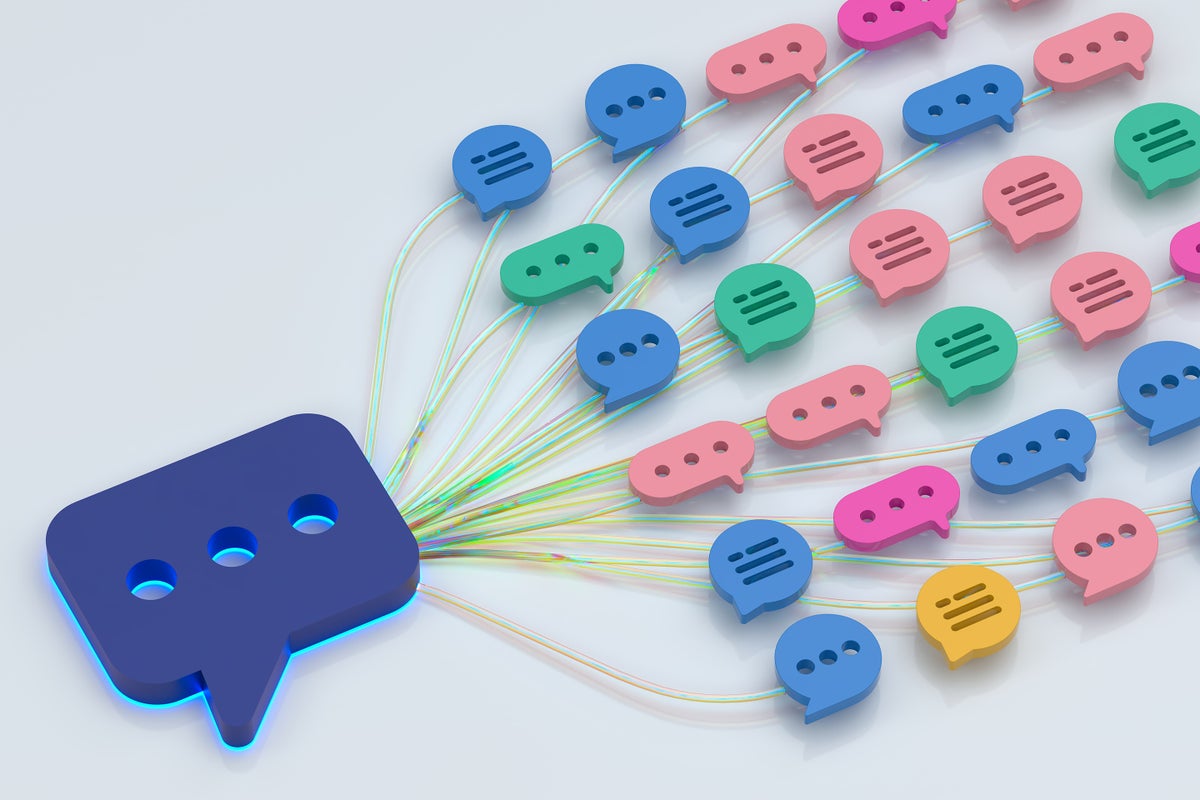Why write about writing now?
We stand at a threshold where craft meets code, and voice must be chosen.
My father taught English, so our home was a small republic of books. We didn’t have mobiles, and the TV arrived late—somewhere in the 80s like a reluctant guest. Computers? Not in the house. My first brush with one was a long trek to the local university bio-tech lab, typing into a blinking DOS prompt—half the world today wouldn’t recognize that doorway.
You could call this an old chap’s “back in the day” yarn, but the point is simpler: thinking didn’t come with shortcuts. It was pen, paper, and the patient cathedral of the library. Work took time. In business school, I hunted down dusty research reports, or went out and did the primary research myself. Later, as a research exec, interviews meant chairs pulled closer and questions asked face to face. The work was slower, heavier—and because of that, somehow truer.
All that has changed now.
The typewriter, the word processor, the internet—each changed writing. But Generative AI is the first tool that writes back.

The typewriter cracked the world open. Suddenly, words could multiply - clean, legible, carbon-copied; ideas stepping out in duplicate like soldiers from a barracks. It set the bones for what would become digital writing.
Then the word processor arrived and quietly fused the author with the print shop. The writer, the typesetter, the designer - all wearing the same coat. Draft, layout, polish - done in one breath.
The internet blew the doors off the building. Writers slipped past gatekeepers and found their people through blogs and microblogs. The tone loosened; grammar got conversational. The page felt more like a street corner than a lecture hall. And with that ease came younger, newer readers; voices entering the choir instead of waiting in the lobby.

The AI-Powered Workflow: From Draft Zero to Polished Piece
It’s tempting to hand the whole thing to Gemini or ChatGPT and call it done. But that voice wouldn’t be mine. Today’s writer sits at a wide desk of tools—generative models for sparks and sideways angles, a quick shove past the dull wall of writer’s block.
These tools shine at scaffolding: outlines, clean subheads, fast research.
Notebook LLM can swallow dense documents and speak them back in plain sense, with queries that pull threads you might miss. Not long ago, writing this piece would have meant hours hunched over books and essays. Now the path is shorter—but the choice of voice still belongs to me.
Blank pages press in. Creative blocks tighten. AI is a reliable way to crack them open. To spark momentum, feed the model small, focused ingredients that anchor your core idea—rather than a broad, catch‑all prompt asking it to write the whole piece.
If you are creating an outline for a blog article, break it down into specifics:
- Angle: Contrarian, practical investigative
- Audience: For beginners and skeptics
- Feeling: Hopeful, but urgent
- Constraints: 500 words, 3 sections, use metaphors
- Raw notes: Use questions & quotes
- Angle: contrarian
- Audience: small business owners in South Auckland
- Feeling: hopeful
- Constraints: 600 words, 3 subheads, one local story, metaphors from rivers and stars
- Raw notes: “AI helps ideation, not authenticity,” client anecdote, data point from a campaign
“Generate 5 outlines. Each should have a one-sentence thesis, 3 subheads, and bullet points under each. Keep tone hopeful and contrarian, include one local story and a river/star metaphor.”
Here is one outline that Gemini generated, using the above technique:
Outline : The Navigators of the Authentic Current
Thesis: The primary value of artificial intelligence for South Auckland small businesses is not as a content creator, but as a high-speed ideation tool that clears the surface noise, allowing entrepreneurs to finally dedicate their energy to the unique, un-synthesizable mana of their local community connection.
Subheads:
- More Than a Spark: AI as the Accelerator, Not the Source
- Introduce the contrarian view: AI helps ideation, not authenticity.
- Explain how AI can take 10 generic ideas and refine them to one locally relevant concept in minutes.
- Metaphor: AI is the engine that speeds the waka (the business) along the river of data, but the entrepreneur holds the paddle and knows the currents.
- Mention the raw note: The principle that "AI helps ideation, not authenticity."
- The Un-Googled Wisdom of South Auckland
- Detail the deep, local knowledge that AI cannot replicate—language, street names, cultural nuance.
- Local Story/Client Anecdote: Share the client anecdote: The business owner whose AI-refined marketing copy failed until they manually added a phrase in Samoan/Māori, showing how AI’s technical polish needs the human cultural heart.
- Discuss the need to protect and amplify this local specificity.
- From Data Point to Destiny: Freeing Up the Founder
- Show how freeing up time from ideation allows the business owner to execute on what truly matters: relationship building and presence.
- Integrate the raw note: Cite the data point from a local campaign where personalized community engagement (the human touch) saw a 40% higher conversion rate than the AI-generated equivalent.
- Conclusion point: Hopeful future where tech is a silent partner to genuine connection.

Voice, Ethics, and Homogenization
Now, let us address the elephant in the room - authenticity of the writer's voice. The room is crowded with AI slop—LinkedIn timelines slick with auto‑written posts, blog drafts smoothed to a shine and emptied of grain. The result is smooth but soulless. Voice isn’t a preset; it’s lived-in; scars, streets, family lore; threaded through every line.
Keep the machine for speed. Keep the voice for truth.
Things to keep in mind:
AI assisted content still needs the human touch to inject personality and flair into the content.
The ethical quandary - where does inspiration end and theft begin?
Mundane content: if everyone uses the same tools, will content start sounding the same?

The Human Writer’s New Value Proposition
So, how does one approach writing in this new age of AI?
The writers' lived experience and empathy:
AI can mimic emotion but it cannot feel the raw emotion that a human feels, while cuddling a baby or getting choked up when listening to powerful music or speech.
Your personal anecdotes are a writer's new currency
Critical thinking and judgement:
Today we have new roles such as "Prompt Engineer" and "Fact Checker". AI needs its guard rails. It needs human intervention and guides. Without human direction and verification, we will end up with hallucination and untruths from the AI models.
More importantly, things like sarcasm, humour and wit, are uniquely human. Maybe AI can do bad dad jokes but it struggles with context and relevance to what you are writing.
We need to really understand, what makes us human. We need to start thinking about thinking. AI is very good at predicting which word comes next but that word itself is not original. Where did it come from?

Final Thoughts...
Writing in the age of AI isn't about being replaced by a machine. But its about going from being a content generator to a content strategist and editor.
Master the tools - Never abandon your unique voice - Don't fill the page but curate the thoughts from the noise.
The future writer isn't afraid of the machine—they're directing it.


